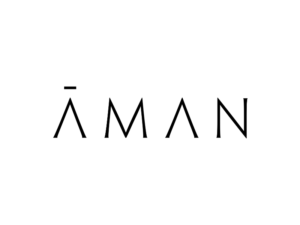Medical Wellness
Insights
Market Players





































AI In Med-Tech & Social Integration Signals The Next Evolution In Wellness Care
In 2024 medical wellness sees significant growth, particularly in wellness tourism and the rise of medical wellness resorts, which combine luxurious retreats with medical services. This year, the continued integration of AI is more welcomed than ever since its initial introduction into the sector. AI now plays a crucial role in enhancing client experiences, managing health data and improving personalised treatments. New innovations are revolutionising the way med-tech is applied, offering tailored, data-driven health solutions. The rise of GLP-1 receptor agonists is another key trend, impacting weight management programs and sparking conversations about their broader role in wellness. Women’s health continues to be a focus, with more tailored services available at therapy centres, wellness clubs and medispas. Furthermore, medical wellness is increasingly incorporating social wellness therapies, fostering community and connection as a core element of holistic health. This fusion of AI, med-tech and social integration signals the next evolution in wellness care.
Dr. Tsin Uin Foong
Chief Medical Officer
Osler Health

In the healthcare space, preventive health continues to gain momentum with the interest in ‘longevity’ which has attained almost frenzy states. In 2025, there would be further understanding of longevity science as well as precision and lifestyle medicine which would help further define this space. I also anticipate further interweaving of the healthcare and wellness arenas, fueled by interest in health empowerment across all societal demographics. There would be shifts in health consumerism of the high net worth where the demand for healthcare engagement is akin to wealth management. Lastly, the offerings from healthtech will continue to expand, but the demand for the human doctor will also continue to rise as trust, compassion and the human touch becomes a more precious commodity.


2024 was a metamorphic year for Bumrungrad’s VitalLife Longevity organization. We made physical improvements by relocating into a spectacular, new 2.300 square meter center on our Bangkok campus. We opened our first greenfield VitalLife center in our 24-year history – on the tropical island paradise of Phuket. On the human plane, we made impactful change in the role of CEO by elevating triple-US-board certified physician Polakit Teekakirikul, MD. Dr. Polakit’s extensive training in genetics, cardiovascular disease, and internal medicine. We also formalized our Health & Wellness Coaching program by adding Mayo Clinic-trained Libby Health as Division Director in this discipline. Today, clients start with a number of screenings: DNA, hormone, food sensitivities, routine blood panels VO2 max, and others that can reveal opportunities for improvement; have them assessed by the Physician, and then work with the Health Coach to set goals and establish a roadmap for healthy longevity.

David Boucher
CEO
Bumrungrad International
Hospital Phuket & Market
Mike G. Hansen
Co-Founder
Bridge Health

As we look toward 2025 and beyond, the fitness and wellness industries are increasingly focused on health optimization, recovery, and longevity, shifting from aesthetics to holistic well-being. Consumers prioritize feeling good and building resilience, supported by advancements in science and technology. GLP-1 medications, forecasted to reach 51.4 million U.S. users by 2030, are driving a new era of “engineered wellbeing,” transforming weight management, metabolic health and health optimization. Adoption rates of GLP-1s already exceed 12% in some studies, and exercise participation is doubling among drug users, as preserving lean body mass—particularly muscle—requires strength training. This creates a positive narrative around fitness while aligning with the broader trend of personalized wellness solutions powered by wearables, AI, and recovery tech. The convergence of pharmaceuticals, fitness, and recovery signals a future where consumers integrate multiple tools to optimize healthspan and longevity, redefining what it means to live and feel well.



Phillip Mills
Founder & Executive Director
Les Mills International

